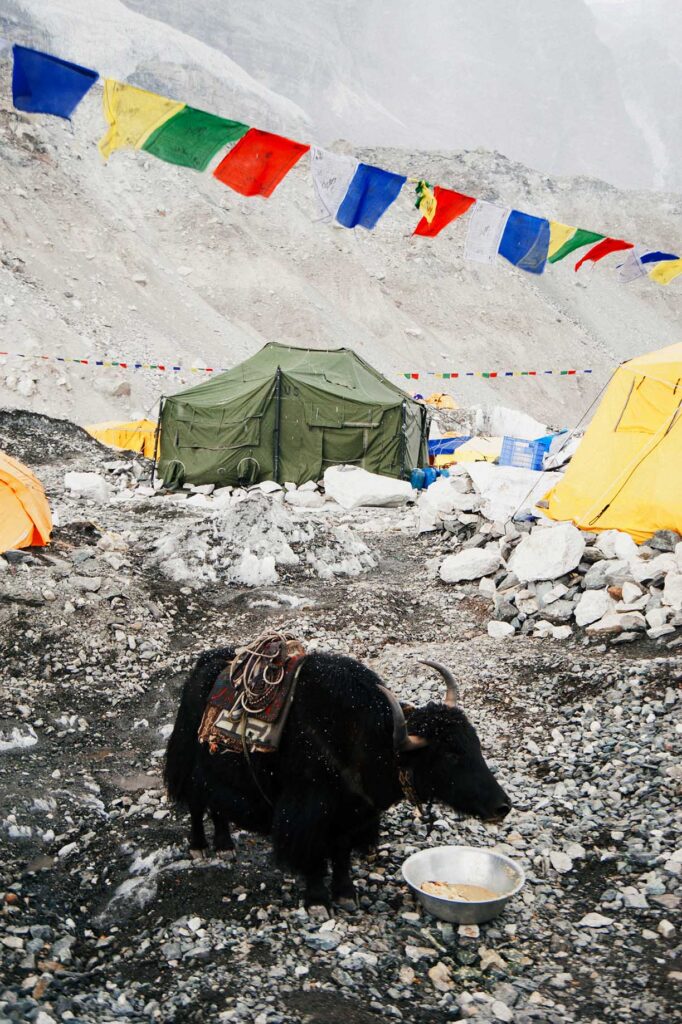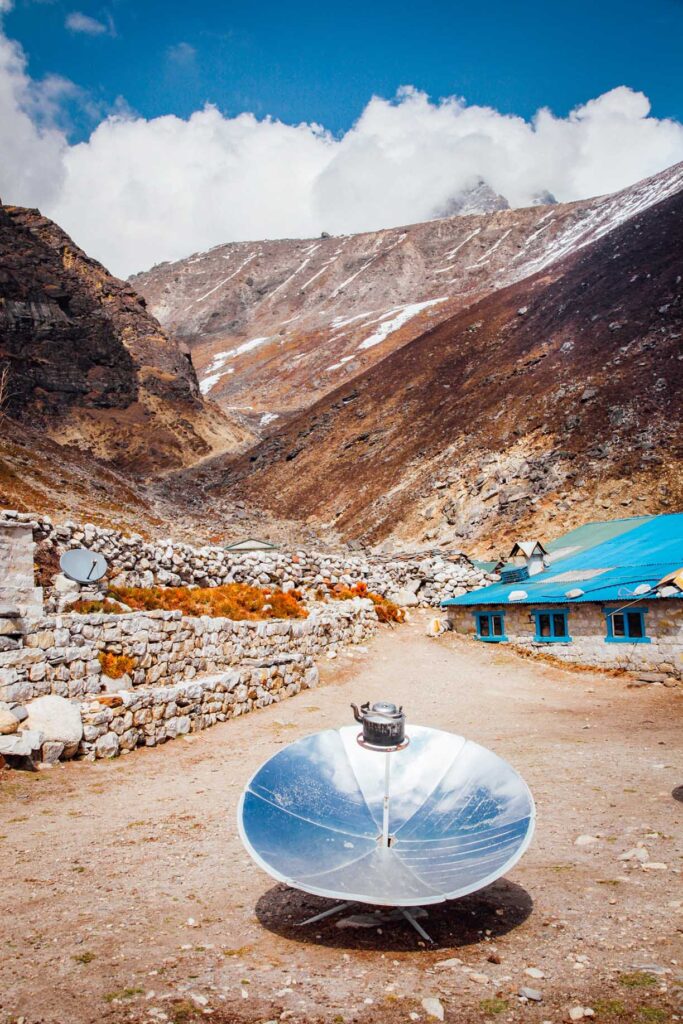Ah, Mount Everest! The mere mention of this colossal titan sends shivers down the spine of adventurers worldwide. Standing tall at an awe-inspiring 8,848 meters above sea level, Everest reigns supreme as the ultimate challenge for thrill-seekers. But amidst its grandeur and allure lies a tale of two worlds—a battleground between adventure and environmental preservation.
Imagine this: Everest, the king of mountains, a magnet for daredevils and explorers from every corner of the globe. Its notorious reputation as the deadliest mountain is not unwarranted—extreme temperatures, dizzying altitudes, and unforgiving terrain make it a perilous playground for the bold-hearted.
But why do they do it? Why do people risk life and limb to conquer this behemoth? Some seek the ultimate escape from the mundane, a chance to trade city chaos for the raw embrace of nature. Others, like the young Jordan Romero who conquered Everest at the tender age of 13, are driven by an insatiable thirst for something greater, something beyond the ordinary.

In recent years, Everest has transformed from a hardcore mountaineering challenge to a luxurious trekking experience. With comfy huts, trailside hotels, and expert Sherpas at your beck and call, climbing Everest has become a high-end adventure, accessible to those with the means and the courage.
However, beneath the glitz and glamour lies a stark reality—Nepal’s struggle with poverty and inequality persists despite the influx of tourism dollars during climbing season. While Sherpas reap the benefits during peak times, off-season paints a different picture, with many returning to humble farming lives.
And then there’s the pressing environmental concern. The relentless footfall of climbers leaves a lasting impact on Everest’s delicate ecosystem.


Melting glaciers, littered trails, and pollution threaten the very essence of this natural wonder. The question looms large—can Everest sustain this onslaught of tourism without sacrificing its ecological heritage?
Conservationists and experts advocate for stricter regulations, waste management strategies, and eco-friendly practices to mitigate the environmental damage. But the challenge is immense. Balancing the allure of adventure with the need for conservation is a delicate dance—one that requires collective effort and a long-term vision.
The fate of Everest hangs in the balance. Will it succumb to the pressures of unchecked tourism, or can we chart a more sustainable course?
Climb the mountain not to plant your flag, but to embrace the challenge, enjoy the air, and behold the view. Climb it so you can see the world, not so the world can see you.
David McCullough Jr.
The choices we make today will determine whether future generations can marvel at Everest’s majesty without compromising its natural splendor.
The Everest conundrum is not just about conquering a peak; it’s about preserving a legacy. It’s about finding harmony between adventure and conservation, ensuring that Everest remains a beacon of inspiration for generations to come.








